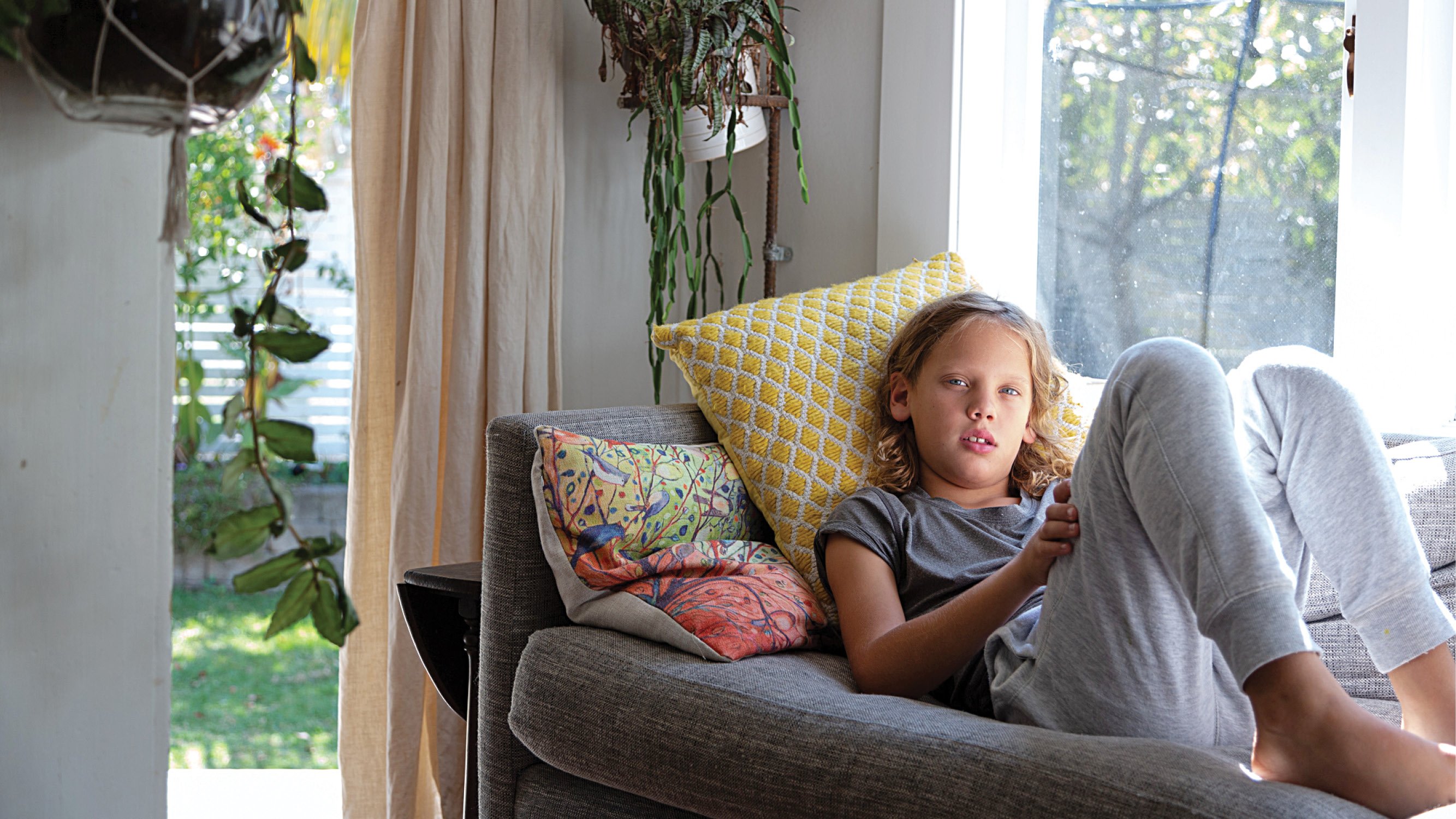Puberty is starting earlier and earlier for young girls. Here’s how parents can help their daughters navigate the changes.
Cheryl Hanover* was folding laundry when she noticed some light menstrual stains on her daughter’s underwear. She wasn’t entirely surprised, even though Olivia* was only nine years old; the mom of three had already seen some body changes in her daughter, including the development of breast buds at age eight.
On average, girls start puberty between the ages of eight and 13—the earliest sign usually being the development of buds followed by growing body hair in the pubic and underarm areas, a growth spurt, body odour and getting their first period. And while precocious puberty in girls (which refers to sexual development before the age of eight) does happen, it is quite rare (an estimated 1 in 5,000 to 10,000 girls, according to the US National Library of Medicine). But early puberty in girls is more and more common around the world.
“Clinically we’re seeing more girls get their period from ages 10 to 11,” says Sanjukta Basak, a paediatric endocrinologist at Kindercare Pediatrics in Toronto. “Puberty in girls follows a sequence. From the start of breast development to the time you get your first period is about a two-year process.” A recent study published in the Journal of Pediatrics shows that over the past 40 years, the first sign of puberty for girls has come earlier at an average of three months per decade. While girls’ bodies are developing sooner, their emotional maturity may not be advancing at the same rate.
Here are some ways parents can help their girls through early puberty.
Start discussing puberty early
It’s important for parents to teach kids about puberty before their body starts changing, says Alice Wiafe, a registered psychotherapist and founder of Positive Kids in Toronto. “Don’t wait until it happens.” Wiafe suggests initiating the chat at age seven and then keeping the conversation going. Basak agrees. “Kids are curious creatures and they’re smart; by six, seven, eight, they will understand the basics.” Basak encourages parents to teach the correct words for body parts. “Call the vagina the vagina. This will demystify what will happen with their bodies.”
Normalize puberty and periods
Just like everybody poops, every woman goes through these changes in their body. Explain to your daughter that this is healthy and that all of the women in her family have gotten their period, along with celebrities and astronauts, too, says Basak. “Highlight that it can feel embarrassing and strange to talk about, but empower her that this is normal,” she says.
Respect her resistance
If she cringes when people notice her developing breasts or she starts wearing loose clothing to hide her body, these could be signs that she doesn’t want to talk about the changes she’s experiencing. Provide her with resources about early puberty in girls, such as books or online videos like Bright Side Kids and Amaze Org on YouTube, which you can read and watch together. “There is tons of information that kid-ifies the process,” says Wiafe, adding that kids can benefit from seeing themselves in characters who are going through the same changes. Having information can help start the conversation.
Give her outlets to help her process her emotions
Your daughter may not feel at ease talking to you about early puberty and what’s going on with her body. “At this time, a child may benefit from speaking to a counsellor; it can help to speak to someone objective who isn’t Mom or Dad,” says Wiafe. She also recommends encouraging your daughter to use a diary so that she can express and process the different emotions she’s feeling in written form.
Get dads involved
Fathers and male caregivers should have a role, too, says Basak. “Traditionally, it’s always been the female in the family to talk about puberty with the daughter, but dads and male caregivers shouldn’t feel shy,” she says. “There are experiences that are common in puberty for boys and girls.” Dads can talk about when they went through changes in their body and how it felt embarrassing and strange.
Almost three years after getting her first period, Olivia is more comfortable with her body and Hanover has stopped leaving underwear prepped with pads in her drawer before each cycle. Looking back, Hanover says she regrets not recognizing Olivia’s mood swings as part of her daughter’s development, and she wishes that she’d discussed early puberty in girls more with her earlier. “I talked about puberty as something that happens to kids as they get older, but it’s hard to know that you should tell an eight-year-old that their body might start changing imminently,” she says.
Keeping the lines of communication open is key, says Basak. “When you demystify puberty, your kid may be more open to talking about it because it’s not so taboo anymore. It’s not the scary thing that we can’t talk about.”
* Names have been changed
Editor’s note:
We hope you enjoyed reading this article from Today’s Parent. We’re working hard to provide our readers with daily digital articles that aim to inform, inspire and entertain you.
But content is not free. It’s built on the hard work and dedication of writers, editors and production staff. Can we ask for your support? We are currently offering 3 issues of the print edition of Today’s Parent for only $5. A subscription also makes a great gift for that new parent in your life.
Our magazine has endured for more than 35 years by investing in important parenting stories. If you can, please make a contribution to our continued future and subscribe here.
Thank you.
Kim Shiffman
Editor-in-Chief, Today’s Parent
